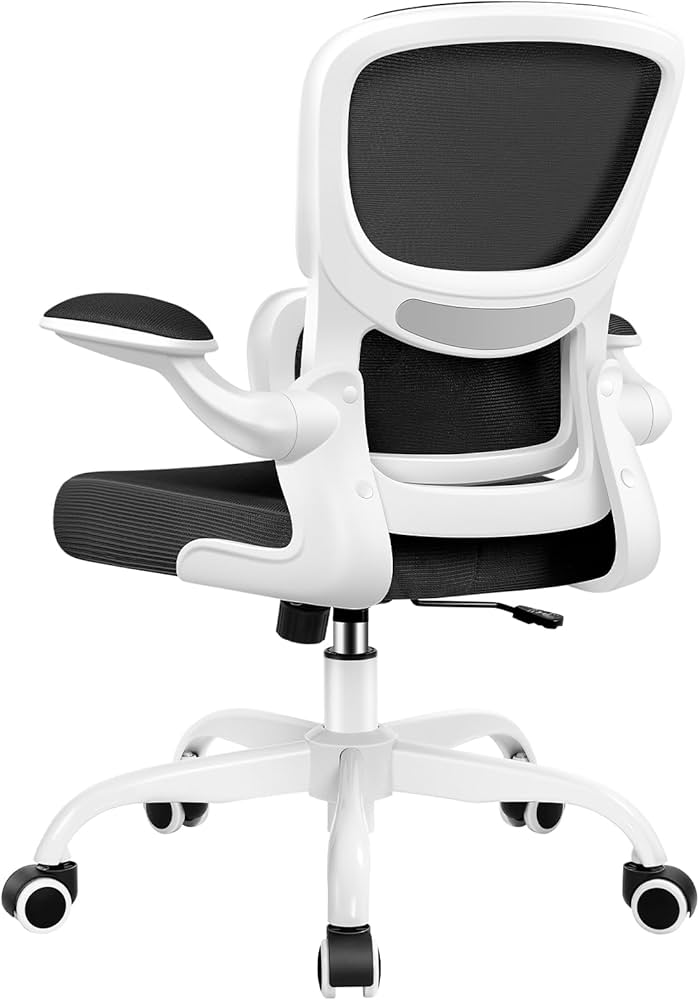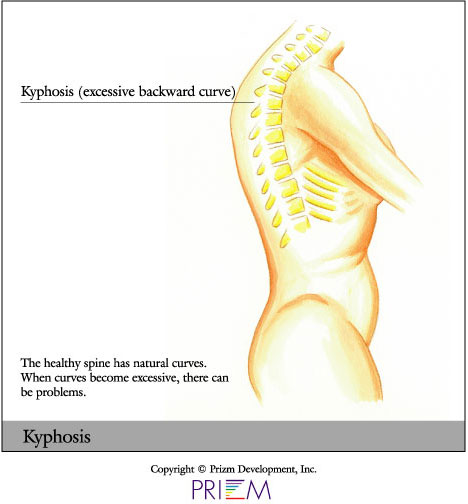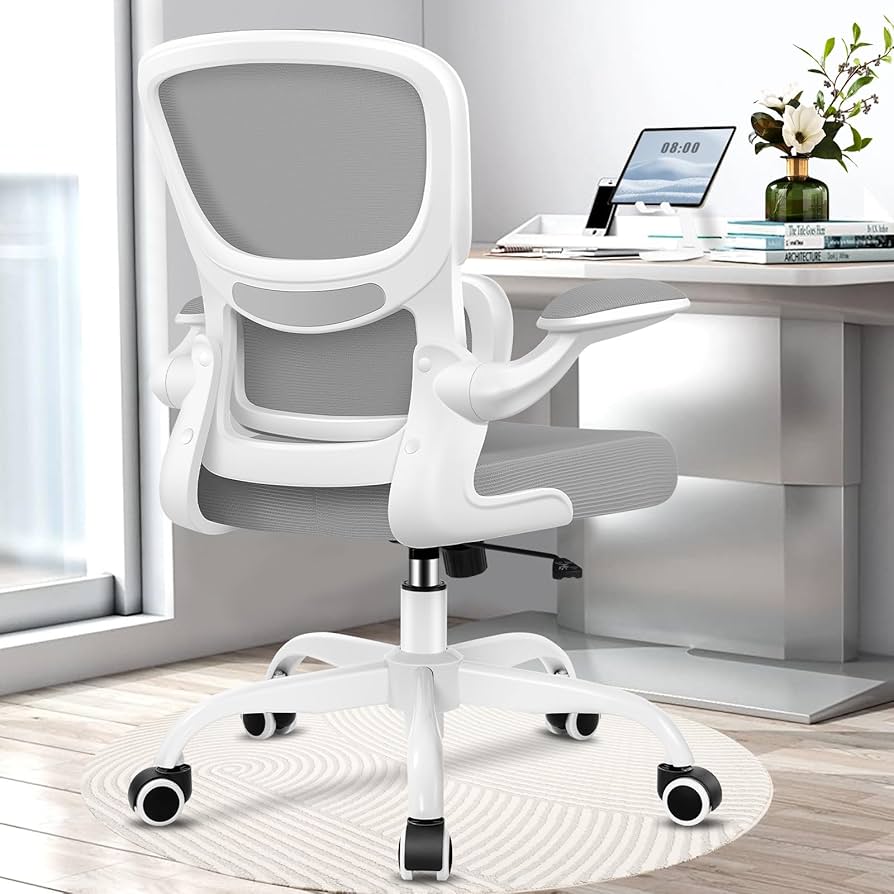“`html
Effective Ways to Get Rid of Curvature at Home: Simple Solutions for a Better Posture in 2025


Understanding Spinal Curvature and Its Impact
Curvature of the spine refers to abnormal postural conditions that can affect one’s overall health and quality of life. Knowing how to **get rid of curvature** is crucial, particularly for those who may be experiencing discomfort or pain. Understanding spinal curvature includes recognizing different types, such as lordosis, kyphosis, and scoliosis. Common causes of curvature include poor posture, genetics, and certain medical conditions. Being aware of your spinal health is essential as it dictates not only physical stance but also emotional well-being.
Signs of Curvature and Assessment Techniques
Recognizing signs of curvature is vital for early intervention. Symptoms may include back pain, muscle tension, or difficulty standing straight. To assess curvature severity, individuals can perform self-examinations or consult with professionals who can check posture and spine alignment. For instance, a simple test involves standing against a wall to check if heels, buttocks, and shoulders touch the surface—indicative of proper posture. Understanding your body’s dynamics can help in deciding how to address the curvature effectively.
Common Causes of Spinal Curvature
Several factors contribute to spinal curvature, namely physical inactivity, improper posture, and muscle imbalances. Long hours spent in poor ergonomic seating can lead to chronic conditions requiring substantial curvature treatment options. Additionally, sports injuries or fall accidents can exacerbate postural problems, necessitating a structured routine of home remedies for curvature. Understanding these causes allows for better prevention and management, particularly for those already experiencing curvature issues.
Effective Home Remedies for Curvature Improvement
Utilizing effective **home remedies for curvature** is an ideal first step for many seeking to improve their spine health. Natural treatments for curvature can include lifestyle changes, dietary adjustments, and ergonomic modifications in daily life. These methods not only help alleviate discomfort but also promote overall well-being and facilitate postural correction. Importantly, one’s home environment can readily facilitate beginner-friendly practices that support spinal health.
Exercises for Curvature Correction
Incorporating specific exercises for curvature can significantly enhance spinal alignment and flexibility. Strengthening exercises for curvature such as planks, bridges, and modified yoga poses specifically target the back muscles. Regularly performing these activities—ideally under professional guidance—can result in noticeable improvements over time. For example, the bridge exercise helps to strengthen both the glutes and lower back, promoting a healthier posture.
Stretching Techniques to Reduce Curvature
Integrating stretching to reduce curvature is another effective strategy. Essential stretches—such as the child’s pose or cat-cow stretches—can increase flexibility, reduce tension, and lead to better spinal alignment. These stretches counteract daily stressors placed on the spine and help in retaining mobility. A daily flexibility routine consisting of these essential stretches can yield amazing curvature relief while contributing to a holistic health approach.
Utilizing Ergonomic Adjustments for Curvature Support
Another critical aspect of managing curvature at home involves implementing **ergonomic adjustments for curvature**. These adjustments help maintain a neutral spine position in both sitting and standing postures. Common tools include ergonomic chairs, supportive cushions, and standing desks. Understanding the importance of proper body mechanics can aid in choosing the right equipment. This awareness is crucial when designing a workspace conducive to spinal health.
Choosing the Right Mattress and Seat
Choosing the right mattress for curvature can profoundly alleviate discomfort experienced during sleep. Supportive mattresses can help maintain proper spinal alignment, promoting spine relief and preventing further postural deterioration. Similarly, adopting ergonomic seating changes at work or home contributes significantly to reducing tension and packs an effective punch against curvature. Regular assessments of furniture can maximize **posture correction methods** tailored to individual needs.
Incorporating Mindfulness and Awareness Practices
Mindfulness practices for curvature can yield tremendous benefits for emotional and physical well-being. Strategies include mindfulness in physical therapy and dedicating time to recognizing body signals. Establishing a routine that allows for regular posture checks reinforces the importance of maintaining a healthy body alignment throughout each day. By fostering an attitude of attentiveness and presence, individuals can proactively engage in managing curvature at home.
Tracking Progress: Lifestyle Changes for Managing Curvature
Finally, consistent tracking of your progress is crucial when focusing on **managing curvature at home**. Daily routines devoted to improving curvature enhance success rates. Creating a customized checklist of preventive measures ensures thorough engagement with health practices that foster better posture. By methodically documenting changes and the impact of lifestyle adjustments, including strength training, ergonomic use, and flexibility routines, individuals can visualize their improvement journey.
Adapting Daily Routines for Better Posture
Integrating posture-altering gadgets in your home environment can significantly improve daily posture habits. Resources like computer stands, back support cushions, and even gentle reminders on posture can contribute to building lasting postural habits. For example, using a lumbar roll while seated can help maintain healthy spinal curvature throughout long drives or work hours. These small adaptations may seem minor but pack a considerable advantage in effectively combating curvature over time.
Benefits of Community Engagement and Support
Community support for curvature issues cannot be underestimated. Whether through online forums, local support groups, or classes focused on improving spinal health, engaging with others facing similar challenges can provide encouragement and motivation. Networking with curvature specialists or participating in curvature-focused fitness programs can offer new perspectives and breadth of knowledge on curvature management. By sharing experiences and learning together, individuals boost their morale and commitment to their health journey.
Key Takeaways
- Awareness of curvatures, their causes and impacts is essential for managing spinal health.
- Incorporating exercises and stretches can encourage significant symptom relief.
- Ergonomic adjustments and mindful practices contribute greatly to preventing and alleviating curvature.
- Tracking progress and engaging with community support can foster motivation and improvement.
- The fusion of lifestyle changes along with home remedies offers a holistic avenue for curvature manageability.
FAQ
1. What are the most effective home treatments for curvature?
Effective home treatments involve a combination of exercises for flexibility, strength, and regular stretching to reduce curvature. Additionally, ergonomic adjustments in workspaces can significantly enhance comfort and support healing. Engaging in activities like yoga and mindfulness practices also aids in alleviating tension while improving posture.
2. Can dietary changes impact my curvature issues?
Yes, proper nutrition aids in curving relief strategies. A balanced diet rich in calcium and vitamin D bolsters bone health, essential for preventing deterioration of the spine. Incorporating anti-inflammatory foods helps in managing any inflammation caused by conditions like arthritis.
3. How to identify if my curvature is worsening?
Listen to your body. If you start experiencing increased pain, noticeable changes in your posture, or difficulty in performing everyday movements, it may indicate worsening curvature. Consulting with a healthcare professional can provide a clearer understanding and tailored strategies for intervention.
4. What practical tips can I use for better sleeping posture?
To promote better sleeping posture, consider using a supportive mattress and adjusting your pillow’s height to align the spine correctly. Sleeping on your back or side with a pillow between your legs can prevent strain on the back. Avoiding stomach sleeping helps maintain spinal alignment.
5. Are there specific ergonomic adjustments for office workers to reduce curvature?
Absolutely! Ensure your chair provides proper lower back support and your computer screen is at eye level. Use a footrest if your feet do not comfortably touch the ground, and remember to take breaks for stretches regularly. These adjustments are pivotal in maintaining spinal health during long working hours.
“`
